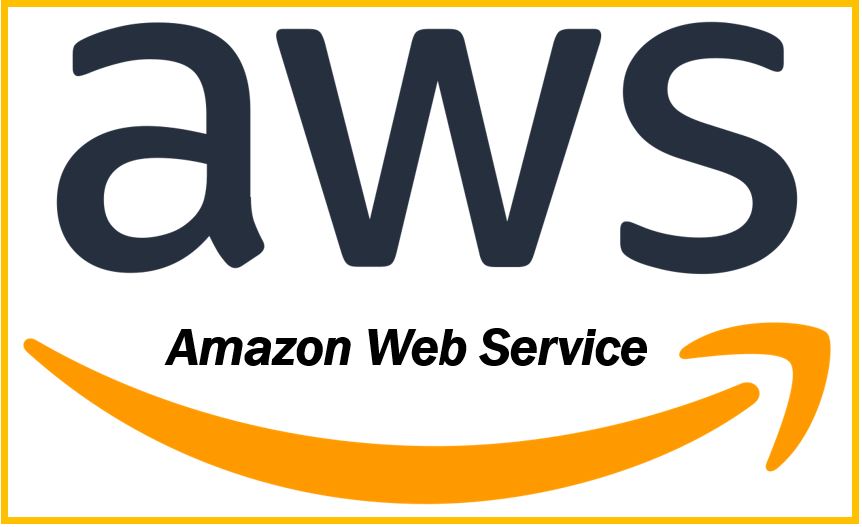
AWS offers a collection of tools and services called AWS networking. It makes setting up and managing network infrastructure in the cloud easier. AWS networking services let you connect resources, create, configure, and manage virtual networks, and ensure secure communication between different parts of your cloud-based applications.
More than one million brands are using AWS network services to improve their cloud computing efforts, with the services accessible across 20 global locations. These network services allow customers to manage their cloud infrastructure more effectively, handle increased workload requests, and connect their private virtual networks to physical networks.
AWS Networking Best Practices
To make your network infrastructure safe, scalable, and effective, you should follow the AWS networking best practices. These practices include adopting rules and suggestions for planning, building, and administering your network. Here are some essential AWS networking best practices:
-
Use Virtual Private Cloud (VPC) from Amazon
The foundation of your AWS network design is Amazon VPC, which offers a secluded and private cloud environment. Carefully planning your IP addressing, connection, and VPC layout lays the groundwork for a scalable and secure system. When creating different environments like development, testing, and production, it is recommended to have separate Virtual Private Clouds (VPCs) for each. This encourages their maintenance and monitoring. Carefully design your IP address space for future expansion and connectivity requirements.
-
Elastic Load Balancing
Elastic Load Balancers (ELBs) ensure your application traffic is dispersed, making it scalable. To minimize the impact of zone failures, it is suggested to use multiple Availability Zones to distribute your load balancers, whether classic, network, or application. The advanced routing features of application load balancers allow for more complex traffic management.
-
Amazon Route 53
Amazon Route 53 is a dependable and adaptable DNS (Domain Name System) service for your applications. It offers DNS management, domain registration, and health checks. You can increase the availability of your apps by using failover routing and aliases. Additionally, to ensure seamless DNS resolution in hybrid cloud environments, consider using Route 53 Resolver.
-
Monitoring and Logging
Amazon CloudWatch is a tool that helps you keep track of your resource usage and network performance. You can set up CloudWatch Alarms to get alerts about possible problems and take steps to prevent them. VPC Flow Logs can be enabled to provide a complete view of your network traffic and make sure your security policies are being followed.
-
Make use of Amazon Direct Connect
Links between data centers and AWS services are necessary for reliable and secure communication. AWS Direct Connect and VPN are two options to establish these connections. AWS Direct Connect provides a dedicated high-bandwidth link that ensures optimal network performance, while VPN connections offer a secure and safe connection between on-premises and AWS networks. You can choose the bundle that best matches your specific needs and expectations. VPN connections are suitable for workloads that don’t require a lot of data.
-
Use the AWS Transit Gateway
AWS Transit Gateway simplifies network management by connecting networks such as VPCs, data centers, and offices. This helps to control traffic flow between networks using Route Tables. This scalable solution makes it easier to manage network connections and traffic control.
-
Optimize Network Performance
Selecting the appropriate sizes and types of Amazon EC2 instances is essential for maximizing compute and network resources. To get the best balance, consider your network requirements and compute needs. Additionally, by dynamically routing traffic over the AWS global network, lowering latency, and guaranteeing a consistent user experience, AWS Global Accelerator improves the availability and performance of applications globally.
-
Audit and Compliance
To ensure that your network configurations align with corporate rules and security best practices, you must audit and evaluate them regularly. With AWS Config, you can keep track of all the changes made to your network resources over time and have a thorough audit trail for compliance needs.
-
Automation and Infrastructure as Code (IaC)
Tools like AWS CloudFormation or other Infrastructure as Code (IaC) frameworks can help increase productivity and consistency when deploying and maintaining your network infrastructure. To make teamwork easier and ensure reproducibility and traceability, it’s important to maintain version control over your IaC scripts.
-
Documentation and Tagging
When maintaining your network, it’s important to document your architecture carefully. This includes setting up VPCs and routing schemes. A consistent resource tagging can help you distribute costs, organize resources, and improve network visibility.
Conclusion
When creating a cloud infrastructure, following AWS Networking best practices is important. This helps businesses make the most of managed AWS services and ensure everything works well together. By doing this, applications can perform better and be more scalable. It also helps businesses manage their network better, keeping everything secure and compliant. AWS Transit Gateway, Amazon CloudWatch, and Infrastructure as Code (IaC) are all great AWS Networking best practices. Following these best practices helps create a stable and future-ready cloud environment.
